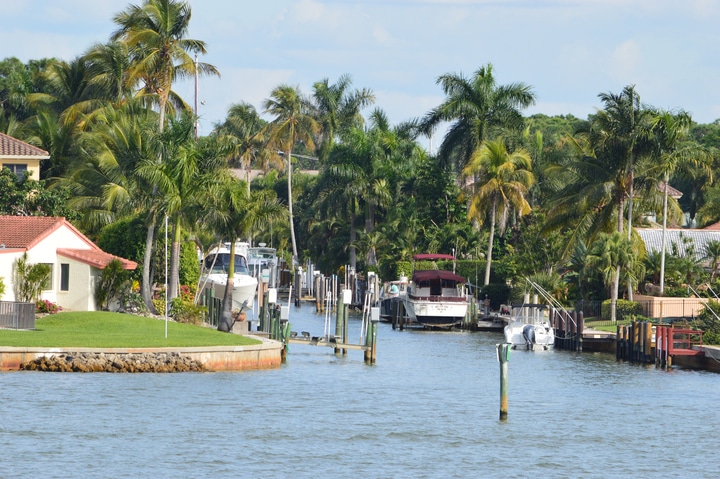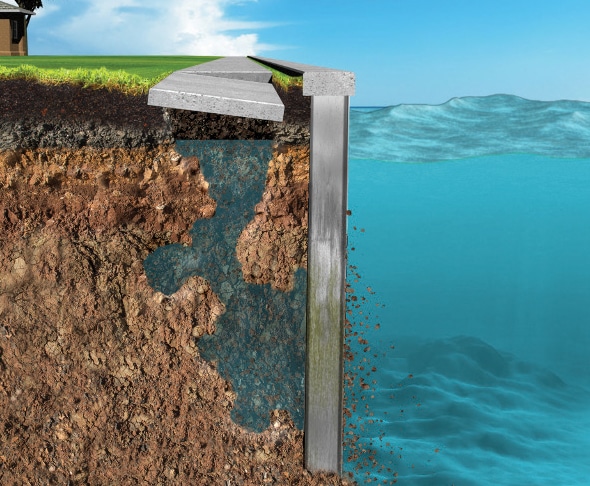For waterfront property owners, a seawall isn’t just a structure—it’s a vital line of protection. Whether your property borders the river, canal, or ocean, your seawall works hard every day to guard against erosion, storm surge, and soil loss. But like any infrastructure, seawalls age. And if small issues are ignored, they can quickly turn into expensive problems.
Knowing how to recognize the early warning signs of seawall failure can help you catch trouble before it escalates—and before it threatens your home, landscaping, or nearby structures.
1. Cracks or Gaps in the Wall
Hairline cracks in concrete may seem harmless, but they can signal underlying movement or shifting. If left alone, these cracks can widen with repeated exposure to water, especially during storms or seasonal pressure changes. Gaps between wall segments or loose panels are also red flags, indicating a weakening connection that could fail under pressure.
2. Soil Loss or Sinkholes Behind the Wall
One of the most visible signs of trouble is soil loss directly behind the seawall. If your once-level yard starts forming low spots, holes, or soft patches near the wall, water could be seeping through and washing soil away. These gaps create instability behind the wall and eventually compromise its ability to hold back pressure from water and earth.
3. Water Seepage or Pooling
After a rain or high tide, look for water seeping through the seawall or pooling at its base. This may point to drainage failure, internal leaks, or cracks that are letting water in where it shouldn’t go. Constant water flow weakens the wall and surrounding soil, leading to long-term damage if not addressed.
4. Rust Stains or Corroded Hardware
If you notice rusty streaks along your seawall or signs of corroded rebar or anchors, it’s time for a closer look. Rust compromises the strength of the reinforcing elements within the wall, making it more likely to crack, bend, or fail during a storm or flood event.
5. Tilting or Leaning Sections
A seawall should stand straight and firm. If you notice sections that lean forward or bulge outward, structural pressure may already be winning. This can happen when water builds up behind the wall without proper drainage or when soil erosion shifts the base. Visible leaning is often a sign that the wall is nearing a tipping point.
6. Vegetation or Root Intrusion
Plants growing out of cracks or roots pushing through the structure can lead to significant damage. While greenery may seem harmless at first, roots can expand over time, forcing cracks wider and introducing moisture into areas that should remain dry.
Take Action: Address Seawall Problems Before They Escalate
At All State Civil Construction, we help homeowners identify and fix early signs of seawall failure before they become major repairs. Our experienced team offers detailed inspections, soil stabilization, AV-275 Soilgrout injections, and full seawall reconstruction when necessary.
If you’ve noticed any of the signs listed above, don’t wait for the next storm to test your seawall’s strength. Call us today at (386) 465-2187 to schedule a professional assessment. Let us help you protect your property with reliable, long-term solutions built for Florida’s demanding coastal conditions.








